
views
Like every year, this year too, the green belt of Punjab and Haryana will burst into Baisakhi celebrations amidst splashes of colourful costumes, energetic bhangra dances to the beat of the dhol accompanied by laughter, chatter, bonhomie and generous langar. But deep down, every Baisakhi day inflames that wound from another Baisakhi long ago. Those pitiful screams, those panic-stricken faces of trapped people running for shelter from the spray of bullets, the raw earth caked with rivulets of blood as bullets kept splitting open innocent body after innocent body.
The United Kingdom never apologised to India for the 1919 Jallianwala Bagh massacre in Amritsar on Baisakhi Day in which Britain’s state military, led by Michael O’ Dwyer, murdered hundreds of people at the Bagh. At a banquet during her India trip in 1997, all that Queen Elizabeth said at the head of an expansive banquet was, “It is no secret that there have been some difficult episodes in our past. Jallianwala Bagh is a distressing example.” Worse, Prince Philip went on to suggest that the count of deaths was exaggerated.
Since cinema has been a tangible portrayal of good, evil and everything in between, the Jallianwala Bagh massacre has found expression in films down the ages – and not just the ones by Indian filmmakers. The tragic incident, a part of the biopic Gandhi (1982), was used as a historical background in fictions like Rang de Basanti (2006) and Phillauri (2017). This incident, 104 years ago, which triggered mass outrage and spawned several heroes, continues to find interest in biopics and films. Two prominent characters among those were – Bhagat Singh who, as a 11-year-old boy was a witness to the massacre and the youth Udham Singh who waited patiently for 20 years to avenge the massacre by shooting Michael O’ Dwyer to death. A nation proud of its heroic sons has paid humble tributes by immortalising them in films.
Chronologically, the first film around Udham Singh was Jaliyanwala Bagh (released in 1987) with Parikshit Sahni playing Udham Singh. According to film expert Pavan Jha, the original director of the film was Hrishikesh Mukherjee who withdrew midway. With directorial inputs from Gulzar (who wrote the dialogues and screenplay for the film and also acted in it), the film was completed by Producer Balraj Tah himself. According to Jha, the film was completed in 1977 and was on the verge of release but actually released only ten years later due to some challenges. In fact, the filming of Jaliyanwala Bagh may have commenced as early as 1973, as is very evident from how young and slim Parikshit Sahni looks in the first scene. Elsewhere in the film, his face looks puffed up and with more inches around his waist. There was another little-known film called Shaheed Udham Singh (2000) with Raj Babbar playing the hero. And of course, the much-celebrated Sardar Udham (2021) with Vicky Kaushal in the lead.
Among Bollywood’s tributes to Bhagat Singh, the earliest one was in 1954 titled Shaheed-e-Azad Bhagat Singh starring Prem Adib in the title role (Adib was the uncrowned ‘Rama’ of silver screen, having played the mythological Rama multiple times). This was followed up with two more films in 1963 – Amar Shaheed Bhagat Singh with Som Dutt and Shaheed Bhagat Singh with the popular Shammi Kapoor in the title roles respectively.
The Jallaianwala Bagh incident ignited the raw fury inside the 11-year-old Bhagat Singh, which is what was portrayed in the film The Legend of Bhagat Singh (2002) with Ajay Devgn in the titular role picking up a fistful of blood-soaked earth. In fact, since Udham was influenced by the bravery of Bhagat Singh, we see Bhagat Singh being fictionalised too in both Shaheed Udham Singh (2000) and Sardar Udham (2021).
And then there was Manoj Kumar’s Shaheed, released in 1965. The story material was compiled with the permission of the mother of Bhagat Singh (she was around 81 then). The co-lyricist was Late Ram Prasad Bismil (one of the comrades of Bhagat Singh himself). Sukhdev was played by Prem Chopra.
Bhagat Singh lived on with three releases in 2002 alone. A colourfully cast version was 23rd March 1931 Shaheed (2002) starring Bobby Deol and, in the same year, The Legend of Bhagat Singh (2002) starring Ajay Devgn in the title role with elements of stock Hindi masala films like shattering of windowpanes, slapstick comedy pieces, college campus fracas, chase scenes and Westside-like confrontations thrown in. In an interview with Ajay Bhramatmaj in the August 2007 release of Documentary Today, Amir Khan revealed that he had been offered the title role by Director Raj Kumar Santoshi but had turned it down. “If the role had been that of an imaginary person, I would have taken it and lived the role on screen. But I was 34 then and Bhagat Singh had attained martyrdom at the age of 23. I felt that I would not be able to do justice,” he said. Incidentally, Ajay Devgn too was in his 30s when he played the role. The third of the 2002 releases on Bhagat Singh was Shaheed E Azam with Sonu Sood in the lead role.
Films over decades have been retelling these stories and re-interpreting the lives of these heroes and the massacre that gave birth to a band of like-minded patriots including Rajguru, Sukhdev, Ashfaqulla Khan, Chandrashekhar Azad, Ram Prasad Bismil and Batukeswar Dutt. Through the lenses of these filmmakers, we will always be reminded of these heroes and their sacrifices.
The author is an award-winning author, Bollywood commentator, columnist and speaker. Find him at www.balajivittal.com and on Twitter @vittalbalaji. Views expressed are personal.
Read all the Latest Opinions here












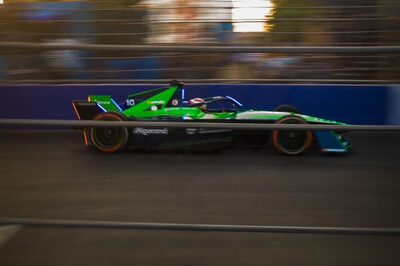

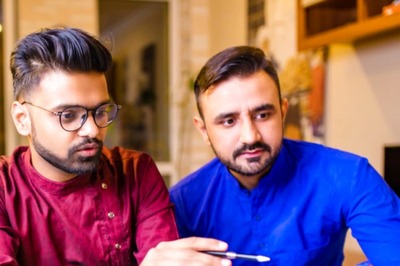
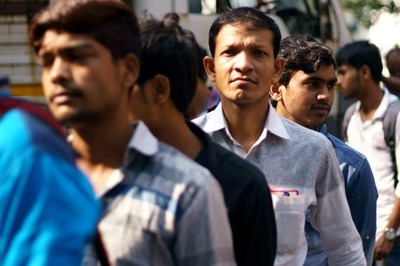
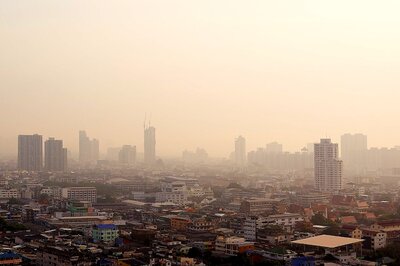

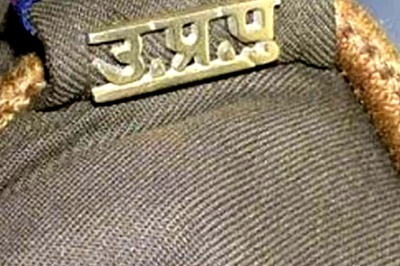

Comments
0 comment